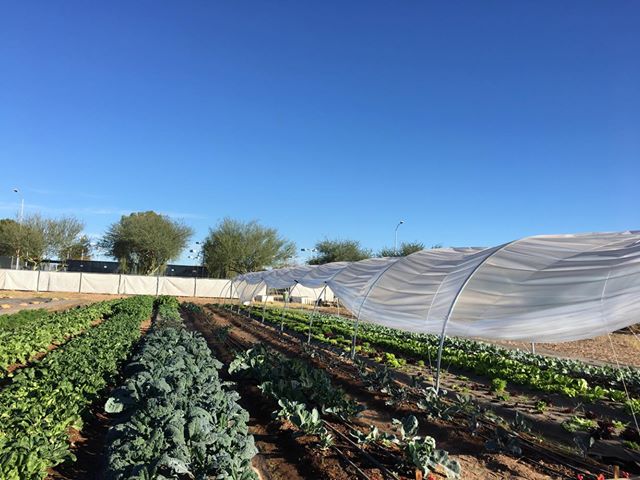Agriculture Field Drainage Principles
5 Keys For Field Drainage Tiling
- Preparation For Success
Your very first step is to call your neighborhood Soil Preservation Firm and also validating what allows you might need to acquire. Be especially persistent if you think you might have some soils and locations that are classified as marshes. When this is complete, schedule a water drainage service provider. An excellent service provider will certainly assist you with determining where and just how much water drainage floor tile to mount.
Talk with and obtain your next-door neighbors’ consent if needed. Additionally consider your upstream neighbors as you talk about pipe sizing considerations.
- Know Thy Soils
While you may normally recognize what soil types get on your ranch, having a dirt map available during the planning stage of your field tiling project will certainly be a big help to you and also the area tiling service provider. Soil map information can be made use of to figure out the maximum positioning depth of the line, and also the spacing. The best method to obtain a soil map is to ask your regional Natural Resources Dirt Preservation Company for a dirt map survey of you ranch. As an example, tight clay ground may call for lines run at every 30 feet, versus a far better draining dirt where lines are gone for 70 feet.
- Outlets
Correctly secured electrical outlets are crucial to the success of your tiling system. If your electrical outlet goes to the edge of actively tilled land you require minimum 30″ dirt cover over the pipe to prevent squashing. Usage hefty wall pipe such as Arrange 40 pipe anywhere you have less than 24″ of dust cover over the pipeline.

Area animal guards to avoid muskrats as well as other little pets from entering and plugging your drainpipe tile system. Stay away from trees.
Tree origins will certainly enter as well as plug the pipe. An excellent rule of thumb is the origin system is as large as the tree. If you collect origins, you remain in the risk zone.
- System Design
Pipeline sizing is important to your system’s success. General guideline is never run greater than 3000 feet right into a 4″ main line. If you assume you have truly wet dirts, or are in doubt, run a 6″ primary and also transform a few of your laterals into the 6″ main line prior to minimizing to 4″.
Maintain an absolute minimum of.4% slope. If more is not possible as a result of flat ground, you might need to dig much deeper trenches in order to maintain minimal slope. Learn more information on the advantages of traditional agriculture by going to this website.
- Installation
Establish the appropriate depth for your certain soil kind. Normally Drain pipes floor tile lines are put 3 feet deep. This depth strikes an equilibrium between being deep adequate to draw even more water from a larger location, however not so deep that the crops can draw from the books via clothes dryer times.
If setting up with a backhoe or excavator, area 4 to 6 inches of dirt around the pipeline by hand to secure the pipe from getting crushed when trenches are backfilled.
Ask tiling contractor to dig a hole at the edge of the area so you can throw away any kind of rocks that are collected in the process of setup.








